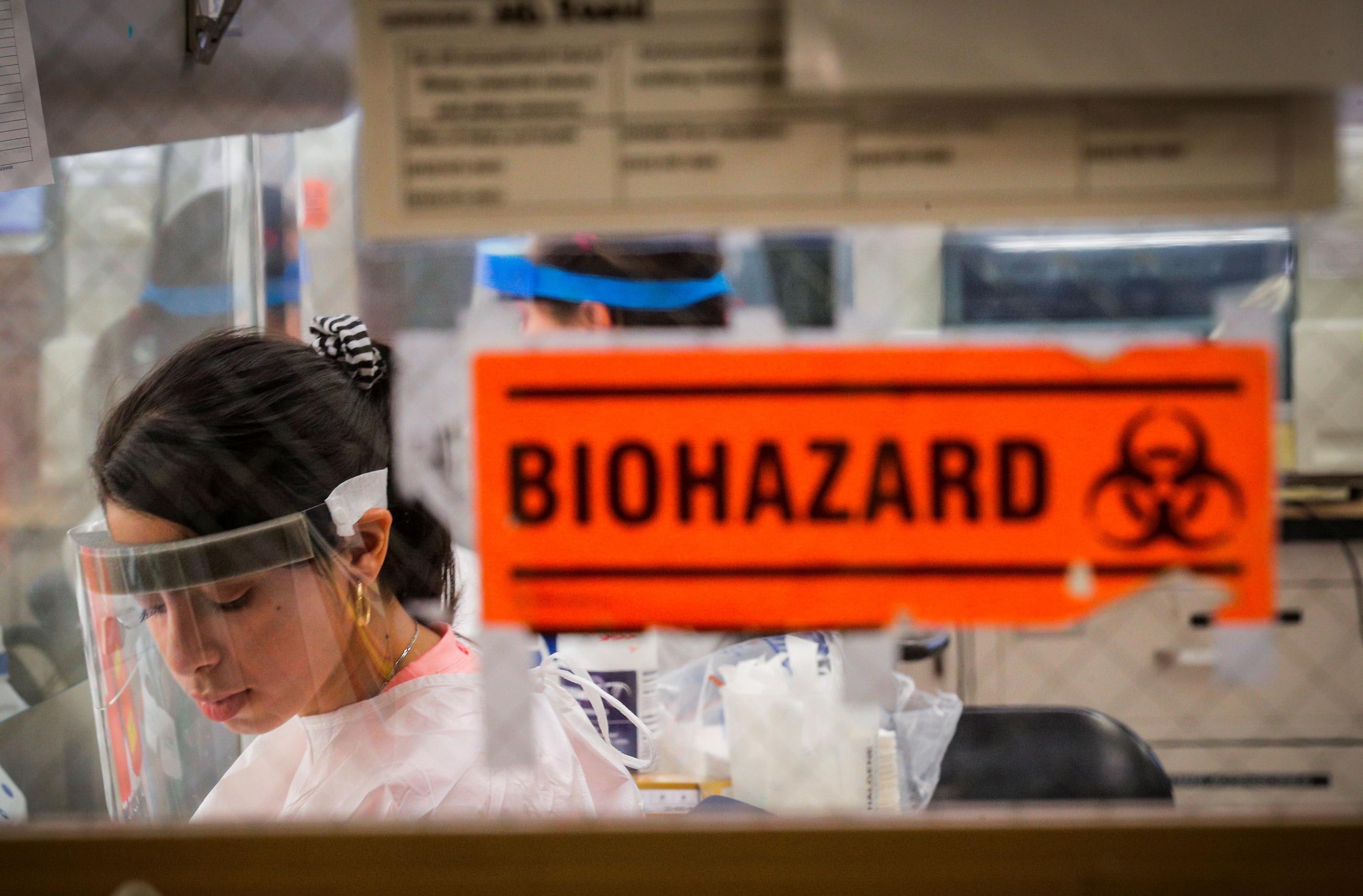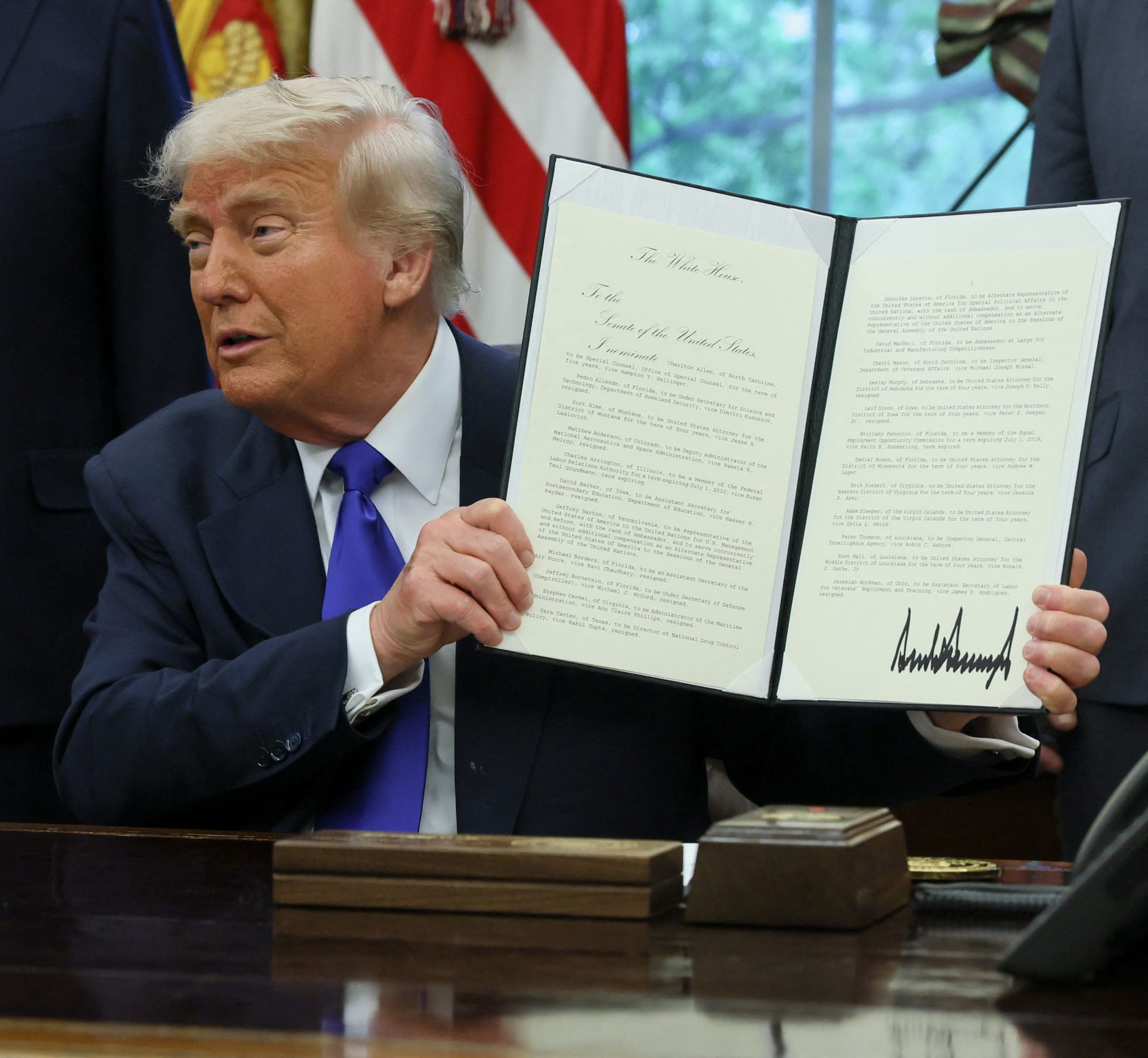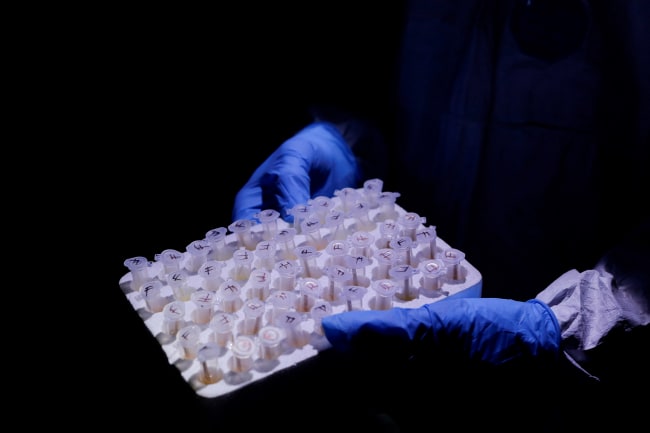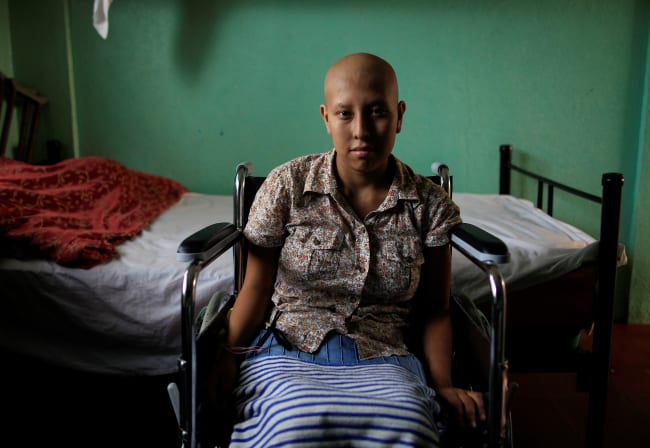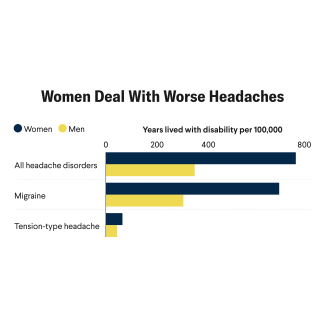On May 5, President Donald Trump issued an executive order to revise federal oversight of dangerous gain-of-function research [PDF] that can make microorganisms more pathogenic or transmissible.
The order instructs federal agencies to halt U.S. funding for gain-of-function research in countries that do not comply with federal oversight policies. President Trump has tasked the National Security Council and the Office of Science and Technology Policy with strengthening top-down independent oversight and enforcement of U.S. pathogen research policy. Until the release of a revised policy within 120 days, the order and a subsequent federal notice pause domestic gain-of-function research.
The executive order also directs the White House and federal agencies to update U.S. requirements for gene synthesis screening within 90 days, develop a proposal to expand oversight to nonfederally funded pathogen research, and provide public transparency into where gain-of-function research occurs. The order leaves open questions about how White House offices and federal agencies should update and implement new policies.
After more than a decade of debate over whether gain-of-function research poses unacceptable risks or provides valuable scientific and public health benefits that justify the risks, the executive order creates an opportunity to move past those disagreements. To do so, policymakers and scientists should advocate for a new independent agency devoted to bio-responsibility that can develop integrated, risk-based, and flexible models for U.S. government oversight of pathogen research.
Momentum Toward Stronger Oversight
Amid a controversy about whether SARS-CoV-2—the coronavirus responsible for COVID-19—emerged naturally or leaked from a research laboratory in China, support for stronger federal oversight has grown. A majority of the American public believes that SARS-CoV-2 escaped from a Chinese facility. On April 18, the White House endorsed that view by replacing the federal website on COVID-19 with a page defending the lab leak hypothesis. The page calls current oversight for gain-of-function research "incomplete, severely convoluted, and lack[ing] global applicability."
Other high-level officials are interested in greater oversight of pathogen research. In March, Senator Rand Paul (R-KY) reintroduced a bipartisan bill to regulate gain-of-function research. In April, the U.S. Department of Health and Human Services paused research on dangerous pathogens at a U.S. National Institutes of Health (NIH) facility, citing concerns about its safety culture. President Trump's executive order officially begins the process of increasing government oversight.
Defenders of gain-of-function research agree that experiments on pathogens pose risks. Laboratory accidents and breaches of containment occur. Biosafety lapses in 2014, including the discovery of viable smallpox samples in an unlocked NIH storeroom, produced public outcry and led President Barack Obama to impose a moratorium on certain gain-of-function experiments.
Involving stakeholders outside the scientific community in oversight would help rebuild public trust in pathogen research
In addition, U.S. adversaries seek to misuse biological discoveries. In April, the U.S. Department of State assessed [PDF] that North Korea and Russia, in violation of the Biological Weapons Convention, are weaponizing pathogens. Increased outsourcing of, and automation in, life-sciences research could increase the interest of terrorist groups in bioweapons.
A laboratory accident or deliberate release involving a highly infectious pathogen could wreak greater havoc than the COVID-19 pandemic. Those risks create practical and moral imperatives to include more stakeholders in decision-making. Evaluations of risky research are not purely scientific. They depend on judgments about national security, technological development, ethics, and the public's risk tolerance. Involving stakeholders outside the scientific community in oversight would help rebuild public trust in pathogen research.
Overcoming Mutual Distrust Between Scientists and Policymakers
Many scientists distrust new governance efforts because they believe that research is already overregulated. Federally funded scientists report spending more than 40% [PDF] of their time meeting requirements rather than conducting research. Many laboratories adhere to safety and security standards more stringent than those federal grants require. Those perspectives explain why, when facing threats to their authority and credibility, many pathogen researchers defend the status quo.
Although understandable, those reactions are not productive. The research community might believe that attitudes will soften, but continued defensiveness by scientists could further polarize the issue. With President Trump pausing federally funded gain-of-function studies, researchers cannot afford to wait for more favorable conditions to achieve their preferred policy outcome. Scientists need to participate in imagining new solutions, even if doing so requires compromises.
Policymakers skeptical of scientific self-governance would also be unwise to shut out the research community. If they exclude scientists from oversight discussions, they risk misunderstanding on-the-ground conditions, overlooking technical concepts, and producing inefficient or ineffective rules. Uninformed policies could apply too broadly, slow down low-risk work, or impose burdensome requirements that increase costs. Viruses and bacteria kill millions annually, and research to understand and counter them is needed.
Policies could also become self-defeating by destroying buy-in from the scientific community and turning biosafety and biosecurity into box-checking exercises. Without such buy-in, effective top-down oversight requires draconian surveillance. A bottom-up culture of sustained scientific leadership and responsibility will achieve better outcomes.
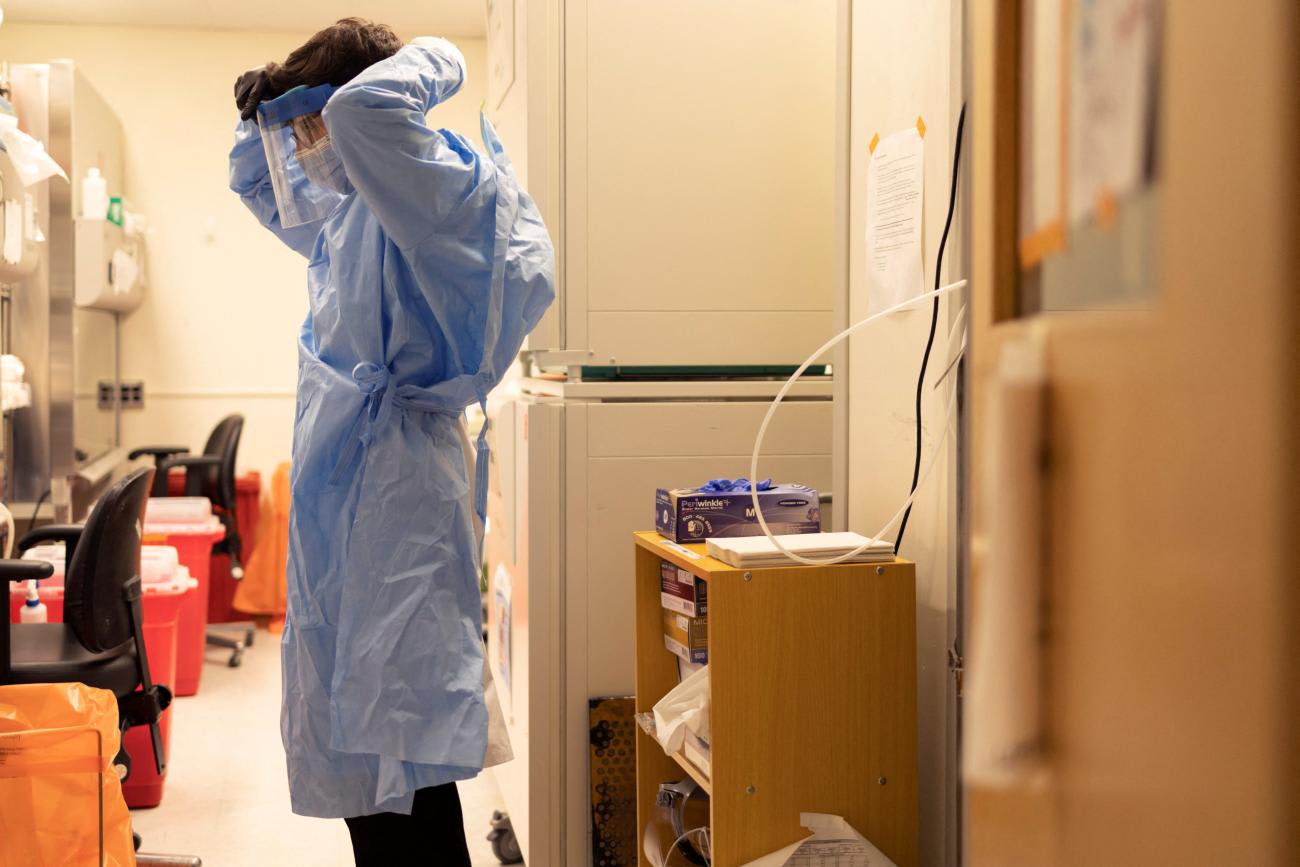
Accelerating scientific progress means that policymakers should lean on researchers to track the risk landscape. The average time for a biotechnological breakthrough to become available in commercial services and undergraduate laboratories has steadily decreased since the 1930s, reaching an average of five years in the twenty-first century.
Emerging risks will be harder to identify without the scientific community's input. For example, scientists recently called for halting research on so-called mirror life. They argued that mirror organisms, composed of biochemically inverted versions of the proteins and nucleic acids found in nature, could evade human immune systems, which could have catastrophic results. If not for scientists' proactive efforts, policymakers would not have known as quickly about the threat posed by mirror life.
Unanticipated risks will arise faster than slow, formal policy processes can operate. During those windows of vulnerability, trusted lines of communication should exist between scientists, oversight bodies, and U.S. national security agencies to identify and solve problems.
A Bio-Responsibility Governance Strategy
President Trump's executive order provides policymakers and the scientific community with an opportunity to recommit to conducting life sciences research in a safe, secure, and ethical manner. Experts connected with the Biosecurity and Pandemic Policy Center at Texas A&M University recently developed a strategy for improving biosafety and biosecurity and proposed a policy roadmap to cultivating and sustaining bio-responsibility in U.S. oversight of pathogen research.
The core of the proposal involves creating an independent federal authority for bio-responsibility. As the executive order noted, many oversight responsibilities currently fall to federal agencies that fund scientific research. As a result, the value of scientific inquiry predominates—sometimes at the expense of safety and security concerns. An independent oversight body would provide a balanced perspective and build trust among the government, the scientific community, and the public. That body would be accountable to Congress and the American people for the bio-responsibility mission.
To avoid becoming overly restrictive, the bio-responsibility authority should weigh both the benefits and costs of enforceable requirements. It should unify and harmonize policies where possible to reduce uncertainty for research institutions. It should recruit expertise in relevant scientific fields, national security, and ethics.
It should also create a risk-based regulatory framework. Current oversight approaches categorize organisms as low or high risk. However, ever more powerful genetic engineering makes it harder to categorize pathogens that way. Nonpathogenic organisms can be made pathogenic, and deadly pathogens rendered harmless.
For the highest risk work that involves or could create a pandemic-capable pathogen, independent experts tasked by the bio-responsibility authority should review and approve research proposals and risk-mitigation plans before the research begins. In parallel with reviews of scientific merit by funding agencies, the bio-responsibility authority should assess the risks of each proposal and weigh them against the expected benefits.
A larger area of research involves pathogens that are not global threats but do pose a risk of infection in local communities or misuse by bad actors. For that work, oversight at all levels should continue to require adherence to the latest laboratory safety and security standards. Those standards should track best practices from high-performing laboratories and encourage other institutions to achieve the same level of bio-responsibility.
When and where possible, the bio-responsibility authority should increase government efficiency by consolidating oversight functions. For example, the Centers for Disease Control and Prevention's import permit program duplicates some requirements in other federal policies and follows a similar process for nearly all organisms, regardless of the risk level.
The bio-responsibility authority should foster cooperation and information-sharing with the research community. Creating an office of collaboration separate from the authority's regulatory and enforcement functions could advance those goals.
Many analysts have highlighted the need for a nonpunitive reporting system to collect information about safety incidents and near-misses from employees of laboratories involved in pathogen research. As the aviation industry has demonstrated, voluntary disclosure of safety or security issues can help identify systemic vulnerabilities before failures occur. The bio-responsibility authority should adopt such a system and encourage researchers to use it.
When compliance issues arise, the bio-responsibility authority should use collaborative enforcement actions that help researchers and institutions fix the problems. Compliance issues should be treated as learning opportunities, not proof of wrongdoing. However, if an institution develops a track record of noncompliance, or corrective action is delayed or inadequate, the authority should enforce legal and administrative penalties.
The bio-responsibility authority should offer on-demand technical assistance to researchers and biosafety officers. Such assistance should clarify what requirements mean in research facilities and create shareable guidance about legally compliant practices the research community can rely on in conducting scientific experiments.
To help researchers transition to a new system, the bio-responsibility authority's office of collaboration should invest in education and training programs. A centralized training repository would promote consistent standards and reduce duplicated effort. Informal engagement with scientists at conferences and voluntary site visits would strengthen a culture of scientific responsibility and provide opportunities to receive actionable feedback.
On the Cusp of Great Change
Incredible advances in the life sciences and biotechnology promise to make the twenty-first century the century of biology. At a moment of scientific and technological transformation, the U.S. government should guide the nation's scientific enterprise in unlocking the benefits of bioengineering, mitigating the risks of gain-of-function research, and earning public trust. That imperative calls for an independent bio-responsibility authority that provides oversight of research, establishes risk-based requirements, and employs flexible governance approaches.
